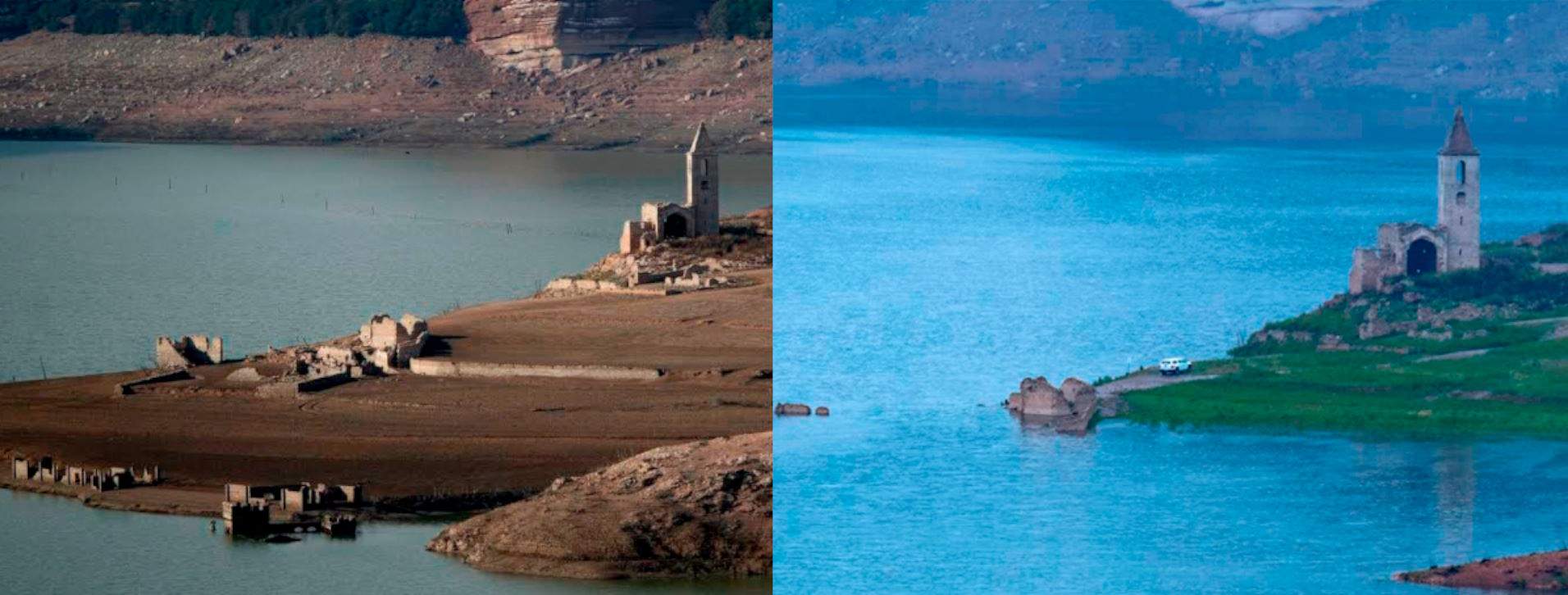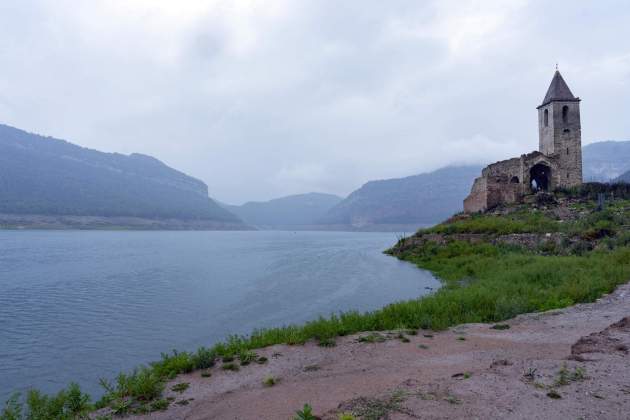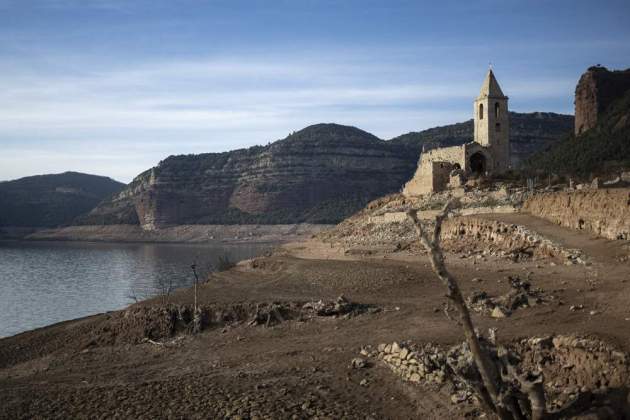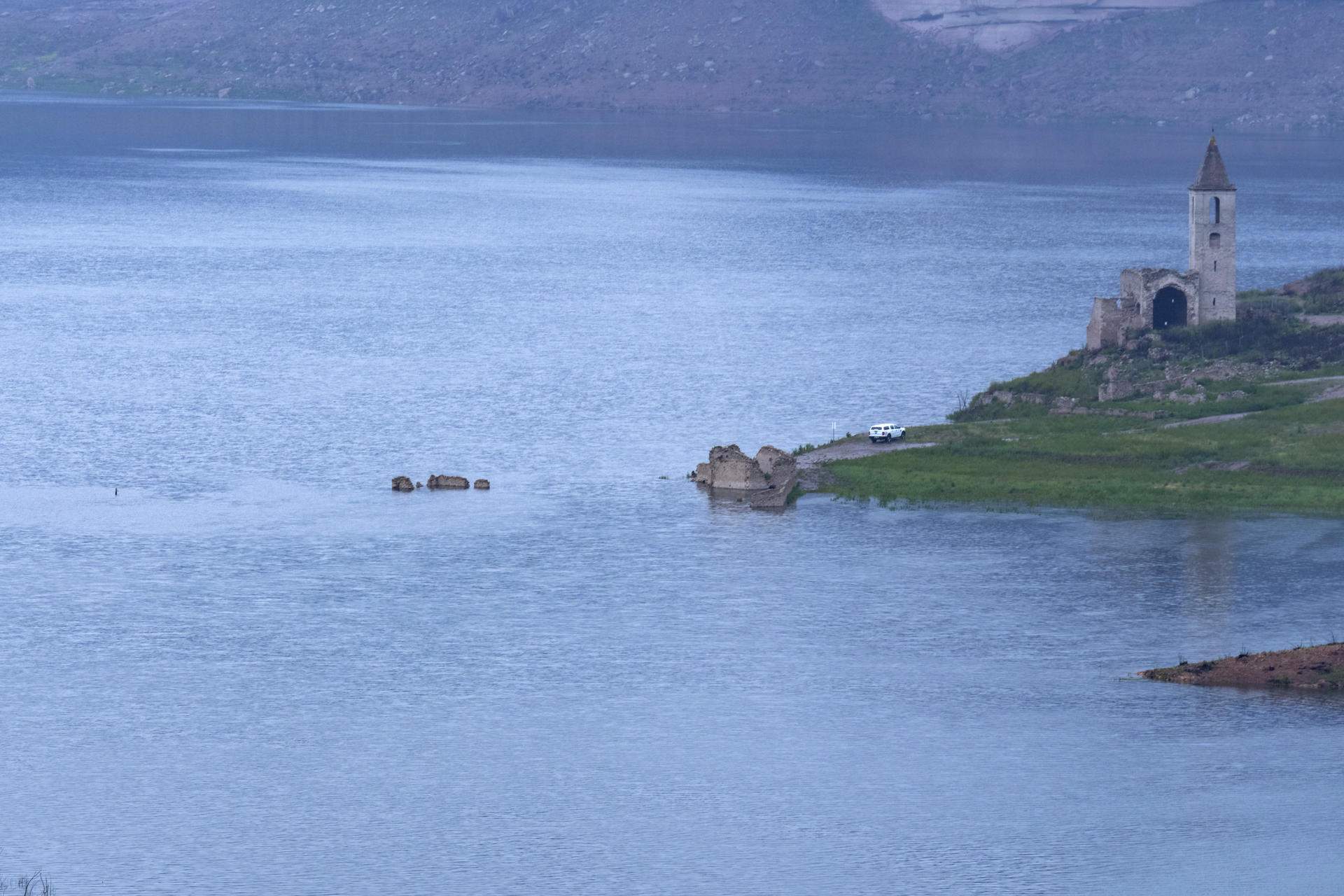The reservoirs of Catalonia's Ter-Llobregat river catchment system, which supply water to nearly six million people in Barcelona and its metropolitan area, as well as Girona, have filled up by 2.1 percentage points in ten days, thanks to the rain of the last weather cycles, continuing the trend of recent weeks. Catalonia is still in a serious drought situation, but spring is proving beneficial in terms of precipitation, and the Ter-Llobregat reservoirs have already reached 28.9% of their capacity today, when last week they were at 27.2% and just ten days ago, on Monday 13th May, at 26.8%. That was the point when the official drought phase was reduced from the emergency level declared on February 1st to exceptionality status, allowing some restrictions to be relaxed.

Sau, the reservoir that has filled up the most
In total, the five reservoirs that make up this catchment system (Sau, Susqueda, La Baells, La Llosa del Cavall and Sant Ponç) now contain water reserves of 176.74 hm³, when a year ago they were at 153.91 hm³, which represented 25.2% of their maximum capacity, and two months ago, in March, they had fallen to just 98 hm³. Of the five, Sau is the one that has filled the most in these ten days, going from 18.45% on May 13th to 23.22% this Thursday 23rd. This reservoir, with its Sant Romà de Sau church that re-emerged from the waters to become the icon of the drought in recent months, has experienced an improvement that can be seen in the images of the last few days. Next, we find La Baells, which has gone from 40.46% to 42.59%); Sant Ponç (from 31.88% to 33.45%), Susqueda (from 26.25% to 27.01%) and Llosa del Cavall (from 24.91% to 25.85%). If overall the reservoirs held 28.99% of their potential volume this Thursday, it should be remembered that they had fallen to 14.8% of their capacity on March 8th and 9th of this year, their historical minimum.


Overall figures for Catalonia's internal catchment basins also rising
The Ter-Llobregat reservoirs are part, but by no means the only part, of the internal catchment basins, that is, the river systems that are entirely contained within Catalonia. Regarding the state of water reserves in the reservoirs of all the internal catchments, they have reached 27.51% and are also continuing to rise. Ten days ago they were at 25.5%, and since then have risen by almost 2 percentage points. A year ago, the nine reservoirs that make up the internal catchments (the five in the Ter-Llobregat system plus those of Darnius Boadella, Foix, Siurana and Riudecanyes, all in the eastern part of Catalonia) were at 25.1% of their reserve capacity and held 174.60 hm³ in comparison with the 191.05 hm³ that they register today.
The rivers in the west of Catalonia are tributaries of the Ebro, flowing south from the Pyrenees to join the Ebro and flow into the Mediterranean at Delta de l'Ebre. They are administered by the Ebro Hydrographic Confederation (CHE). In these catchments, the main reservoirs which are in Catalan territory currently hold 1,052.2 hm³ of water, that is, 56.43% of their maximum capacity of 1,864.5 hm³, while last year at this time they held 659.2 hm³ (35.36% of their capacity).

